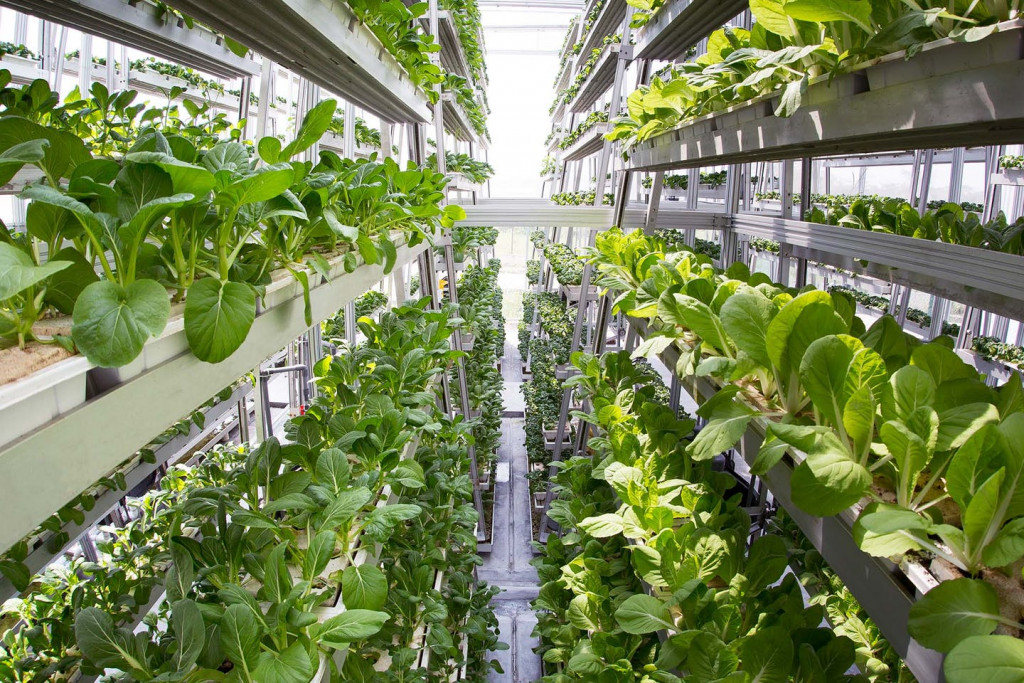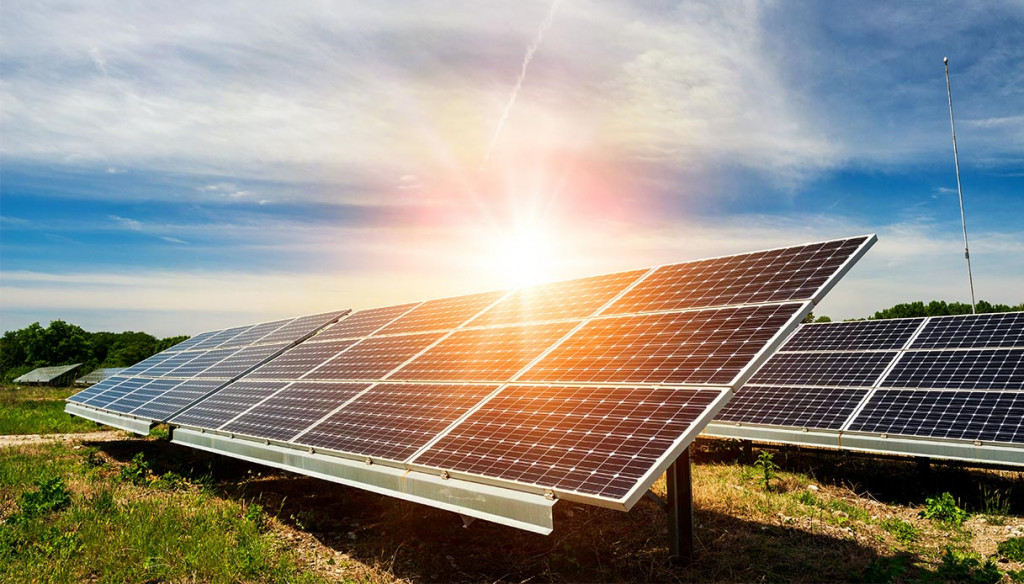The energy transition is everyone's duty, but perhaps for the Asian continent it is a little more so. Why does the development of Asian countries interest observers so much?
The world of tomorrow is already in Asia. But also the climate crisis, economic and social inequalities, and the exploitation of resources. The search for immediate and concrete solutions to counter the environmental crisis is an established imperative, and no place in the world has more eyes on it than Asia. Although the big polluters reside in the global north and China, the rest of the more backward East also worries observers. In this part of the world, the population is growing, individual welfare standards are rising, and funding for housing and infrastructure is pouring in - all of which threaten to repeat the pollution patterns of recent decades.
Energy has quickly become the keystone on the table of those "concrete answers" that governments must develop within the next few decades, on pain of increasing emissions that are at the root of global warming. The so-called climate-altering emissions are responsible for the greenhouse effect and are only minimally attributable to the normal functions of the Earth's ecosystem. Excluding the curiosity for which water vapor is classified as the greenhouse gas most present in the atmosphere (an effect generated in turn by rising temperatures), we are talking mainly about carbon dioxide (CO2) and methane (CH4). These emissions are largely due to the production systems and standards of living of advanced countries, which in turn depend on energy sources.
Fonte: International Energy Agency (Iea)
As simple as it may sound, tackling a revolution in energy systems is a very complex operation that goes beyond the pure field of technological innovation. It is about changing the paradigm in the name of efficiency and "artificially" pushing diplomacy, markets and communities towards a single goal: emission-free development. Or almost. Today's objective, consolidated by international climate tables, is to succeed in offsetting the output of climate-changing gasses by offsetting their impact (with natural or technological solutions), and lowering the quantity in the most polluting sectors. In the Asian region, the process of transition to more sustainable and clean forms of energy becomes an even more multifaceted discourse, where the (almost) clean slate of the power grid in Myanmar shares the same continent as China's fourth-generation nuclear reactors.
Energy demand in Asia is set to double by 2030, and already accounts for about half (53%) of global demand. If in 1966 the GDP per capita of developing Asia was 330 dollars, today it is close to 5 thousand dollars. These are just two of the figures that focus the attention of observers on the Asian continent, where the production lever is being met by new consumption needs. But it also raises the concerns of experts, who fear that it could host the ploys of large multinationals to reduce their carbon footprint in the country of origin. Asia today continues to focus on economic growth driven by exports and traditional development models, and is slowly trying to emerge from the stagnation of the Covid crisis: assumptions that for skeptics validate a still uncertain future for the transition to "truly" sustainable development.
Fonte: International Energy Agency (Iea)
Despite the pandemic setback, emissions will continue to rise, and are about four times higher today than they were in 1960. To return to acceptable levels, according to scientists at the Intergovernmental Panel on Climate Change (IPCC), all countries would have to undergo the 2020 halt every year for decades to come. This brings into the balance the big polluters, such as China and the United States, but also the countries that are growing faster according to the same paradigms: Southeast Asia, Central Asia affected by the projects of the Belt and Road Initiative (Bri) and of course East Asia that has been driving the economic success of the "Far East" for thirty years. The history of the Four Asian Tigers is emblematic of this growing parabola, which, together with profits, has hosted and relaunched large global production centers. Today, in this part of the world, there is also a growing demand to raise the living standards of citizens, which in the eyes of governments often translates into ambitious prospects for growth in domestic consumption. To produce, and to live the life of the "ideal consumer", energy is needed.
Fonte: Fondo Monetario Internazionale (Fmi)
In this large mosaic of 4.4 billion people and 58 countries, the presence of China alone distorts the data on the environmental impact of energy systems in Asia. On the other side of the spectrum, we have 1/10 of the population that does not yet have access to electricity and relies on biomass combustion for cooking and heating. And the next step is granted by access to fossil fuels: since 2010, for example, over 450 million people in India and China have switched to LPG.
Finally, there is the mirage of energy efficiency from renewable sources, which has long been considered one of the necessary solutions by major agencies such as the International Renewable Energy Agency (Irena) and the International Energy Agency (Iea). In a joint report, the two institutions have denounced how most countries are still underestimating the efficiency aspect applied to civil and industrial heating and cooling systems, which represent 40% of global emissions. It is one of the many facets of the energy transition that could see an advantage for those Asian nations that do not yet have consolidated energy systems and an electrical grid that needs to be extended rather than rebuilt. But it also poses new challenges: climate change will increasingly test the resilience of new infrastructure, in a part of the world where rising seas threaten millions of people and entire states (especially on islands). Increasingly frequent heat spikes and droughts are sending the power grid into a tailspin where hydroelectric capacity is lacking or the grid cannot sustain the demand for cooling energy.
In recent years, bilateral and multilateral agreements to implement new, more sustainable energy systems have multiplied, while countries promise to achieve net emissions within the next 30-40 years. Thus, increasingly defined legislation has emerged to lower emissions, improve access to more sustainable technologies and propose market measures that can divert investment towards the energy transition. Asia remains the region where coal continues to expand rather than shrink, but soon lower renewable energy prices, investor pushback and legislative pressure could reverse this trend. There is no shortage, and will be no shortage, of instances of imbalance on energy networks and markets (including labor markets): the energy transition is not a gala dinner.




